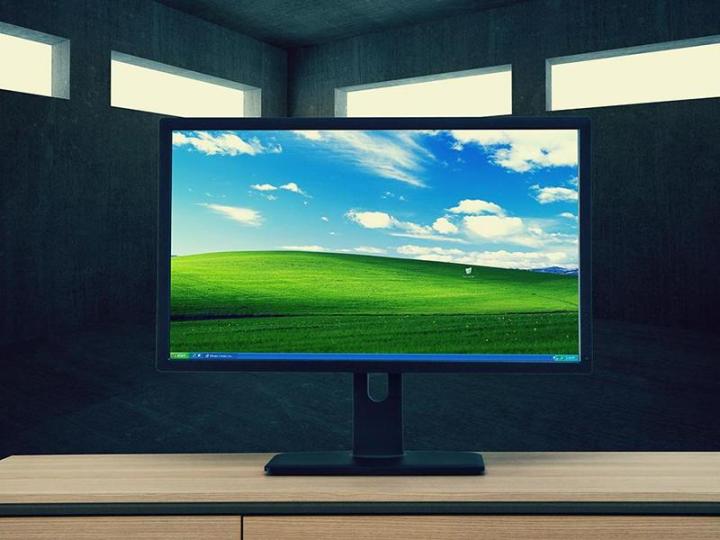
If you’re still contentedly plugging away with Microsoft’s 13 year-old Windows XP operating system, the executives at Redmond have an offer for you: Upgrade to a brand new Windows 8 machine, and they’ll put $100 in your back pocket. Head to the online Microsoft Store if you’re tempted.
You also get 90 days of free support and a free data transfer service thrown in, though the deal benefits Microsoft as well as users — with official support for Windows XP ending next month, computers that are still running the operating system will no longer receive the security updates and patches required to keep online dangers at bay.
To qualify for the discount, you’ll need to fork out for a shiny new Windows 8 machine costing $599 or more, and there are a variety of all-in-ones, laptops and tablet/laptop hybrids to pick from (including Microsoft’s own Surface Pro 2). Check the FAQ pages on the Microsoft Store website for more information — you’ve got until June 15 to get your order in.
The fact that so many people are clinging on to Windows XP is getting to be something of a headache for Microsoft. The figures suggest that around 10 percent of U.S. government computers are still running the aging operating system — that’s hundreds of thousands of PCs at risk once the automatic patches stop coming. One of the executives at security firm Avast has urged Microsoft to reconsider.
In terms of overall usage, XP still accounts for nearly 30 percent of the Windows share of the market. According to a reader poll we ran earlier this month, more than half of you are going to stick with Windows XP once the support window has passed — if you fall into that category, check out our essential survival guide.
Editors' Recommendations
- Windows 11 Home usually costs $139 — but it’s only $30 today
- The most common Windows 11 problems and how to fix them
- How to find your Windows 11 product key
- Windows 11 tips and tricks: 8 hidden settings you need to try
- How to set up Windows 11 without a Microsoft account


